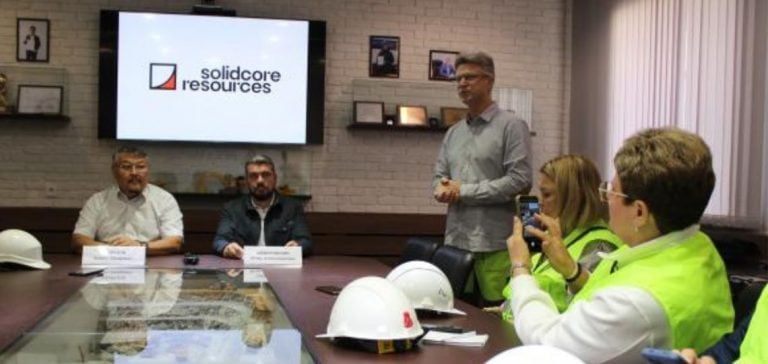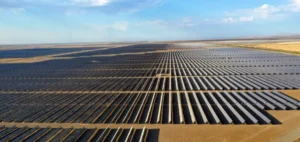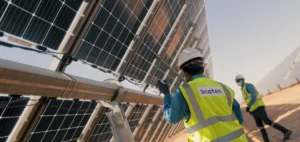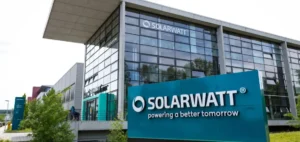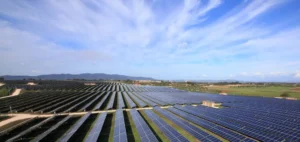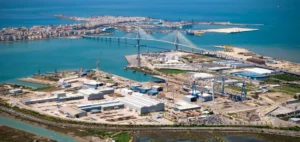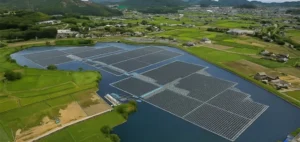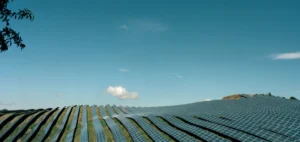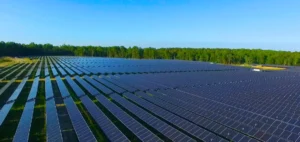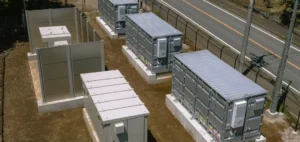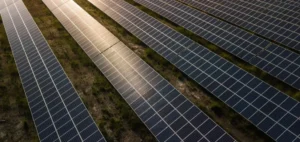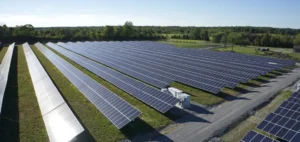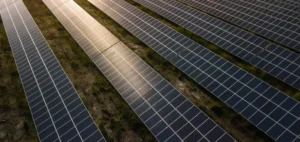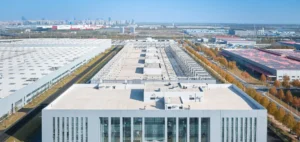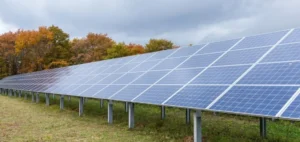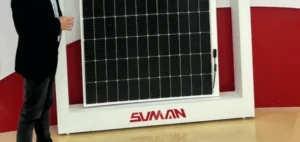The transition to renewable energy sources is gathering pace in the mining sector, as illustrated by recent strategic decisions by Solidcore Resources plc.
The company has announced the construction of green energy plants at the Varvara mine site, a project that forms part of a wider framework of decarbonization and energy cost optimization.
This initiative responds to the growing need to adopt sustainable practices while guaranteeing continuity of operations in a changing economic environment.
Solidcore plans to invest around $55 million in the construction of a 23 MW solar power plant and a 40 MW gas-fired power station.
These facilities aim to reduce the company’s carbon footprint while ensuring a stable energy supply.
The gas-fired plant, in particular, plays a crucial role in balancing solar power production, which can be intermittent.
Scheduled for launch in the second quarter of 2026, the project should enable Solidcore to reduce its dependence on external energy sources, particularly those based on coal, while mitigating the impact of rising energy tariffs.
Economic and environmental impact
Solidcore’s initiative comes at a time when companies are increasingly required to meet sustainability expectations.
Group CEO Vitaly Nesis emphasizes that “our path to net zero, together with Kazakhstan’s decarbonization efforts, support Solidcore’s comprehensive transition to clean energy sources”.
This statement highlights the company’s commitment to aligning its operations with national environmental goals, while achieving significant savings on energy costs.
The construction of these plants should also have a positive impact on Solidcore’s competitiveness.
By replacing electricity purchased from coal-fired power stations with self-generated energy, the company expects to reduce its greenhouse gas emissions by 27% compared with 2023.
This reduction is all the more significant in a sector where pressure to reduce emissions is growing, both from regulators and investors.
Future prospects and sustainable development
In parallel, Solidcore is also planning to build a 17 MW solar power plant in Kyzyl, scheduled for commissioning by the end of 2026.
This complementary project will enable all the company’s mines to move from dependence on grid electricity to clean, self-sufficient energy production.
This energy diversification strategy is essential to reinforce the company’s resilience in the face of energy market fluctuations.
The importance of this transition is not limited to environmental considerations.
It also represents a strategic response to current economic challenges, notably the volatility of energy prices.
By investing in renewable energy infrastructures, Solidcore positions itself not only as a responsible player, but also as a potential leader in a market increasingly focused on sustainability.
Analytical conclusion
Solidcore Resources plc’s initiatives illustrate a wider trend in the energy sector, where decarbonization is becoming a strategic imperative.
By integrating renewable energy sources into its operations, the company is not only meeting regulatory requirements, but also preparing for a future where sustainability will be a key success factor.
Ongoing projects in Varvara and Kyzyl testify to a willingness to innovate and adapt, essential qualities for navigating an ever-changing energy landscape.
Solidcore’s ability to balance its economic objectives with its environmental commitments could well serve as a model for other companies in the sector.


